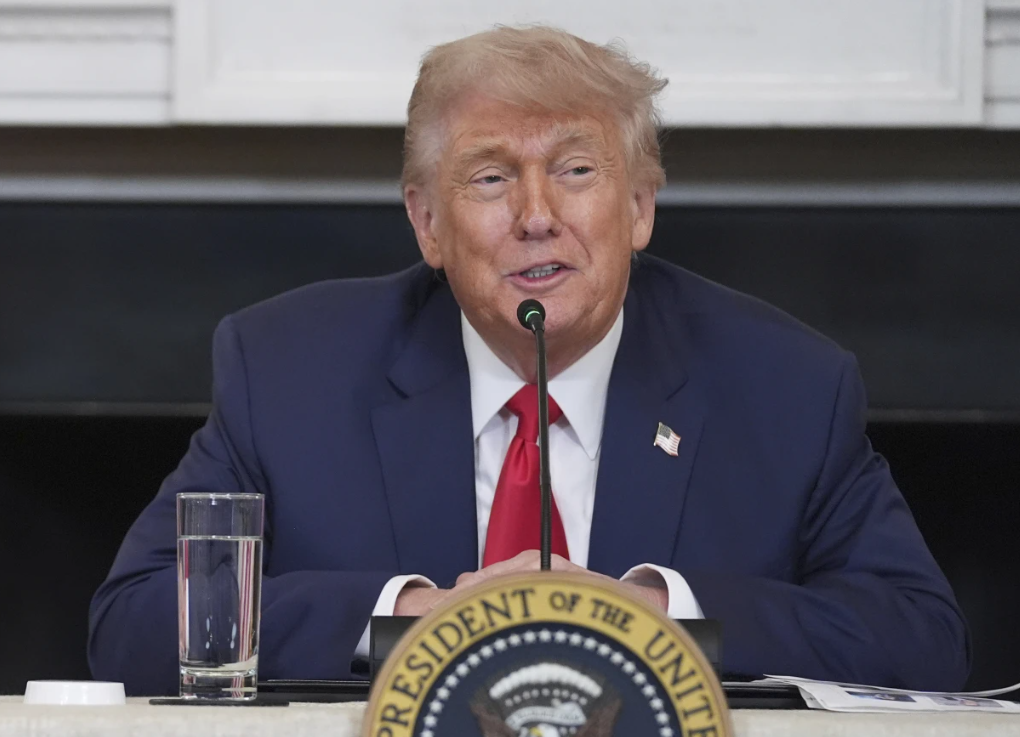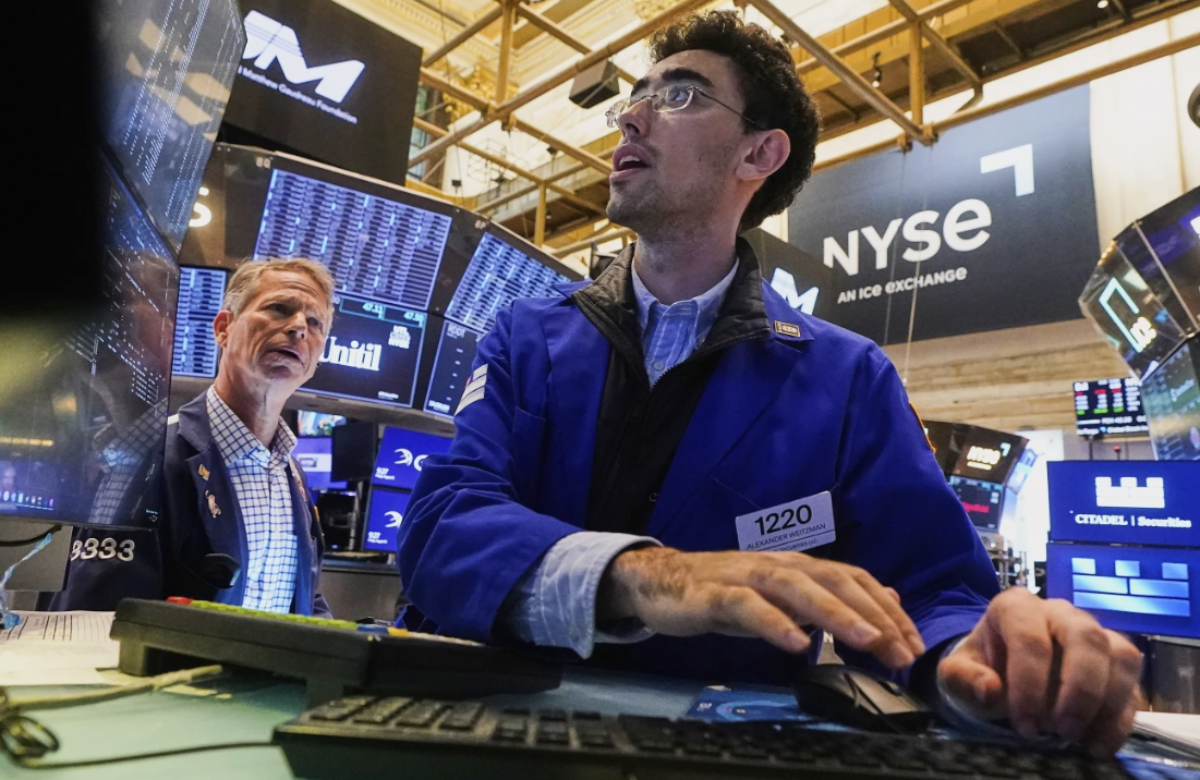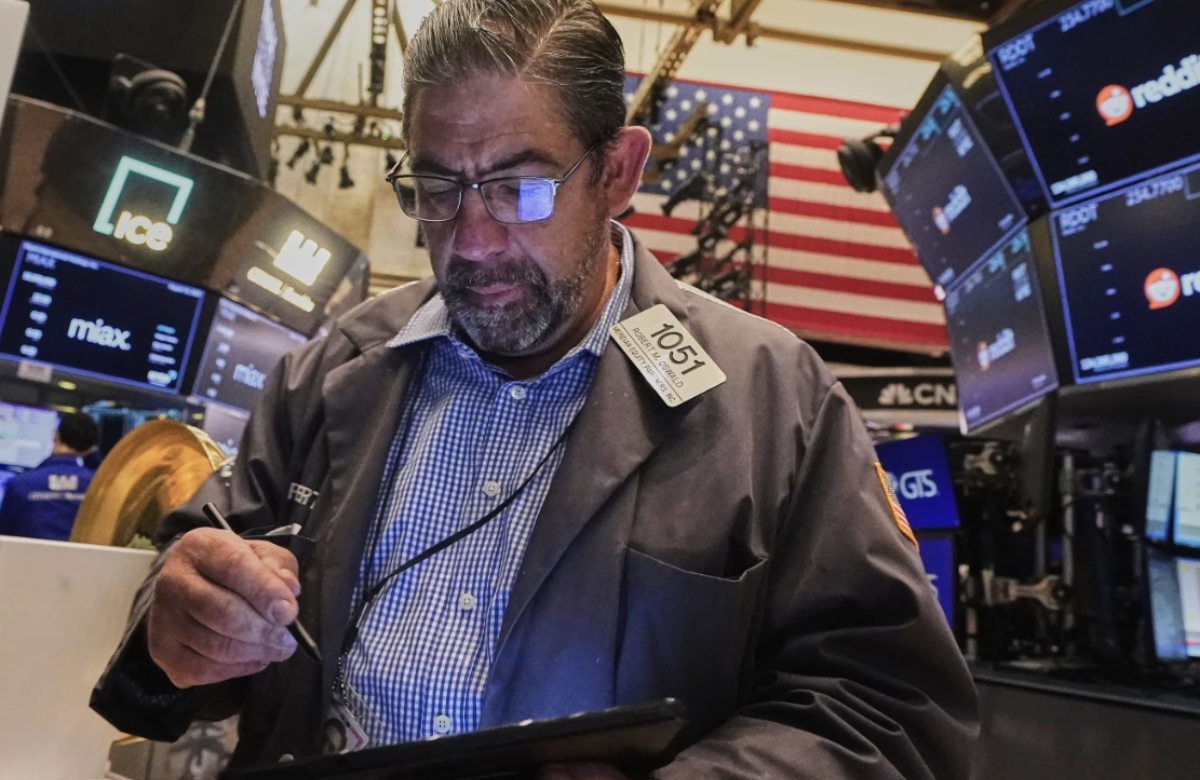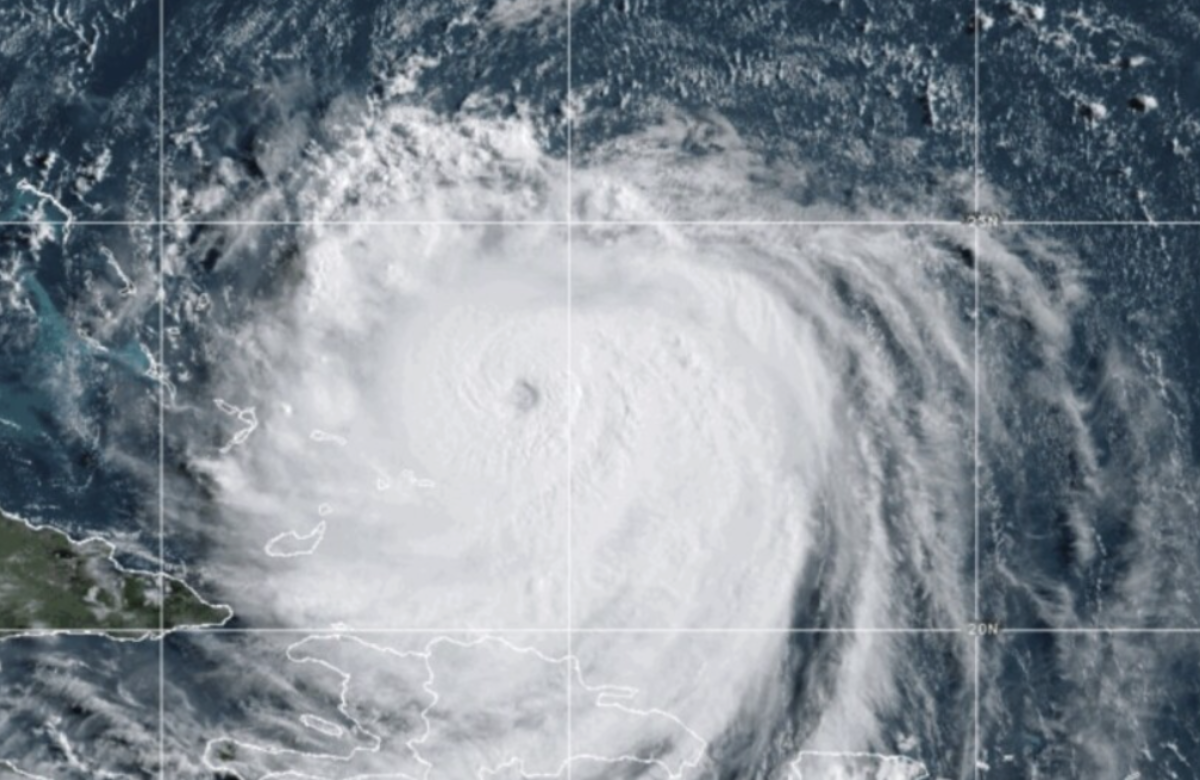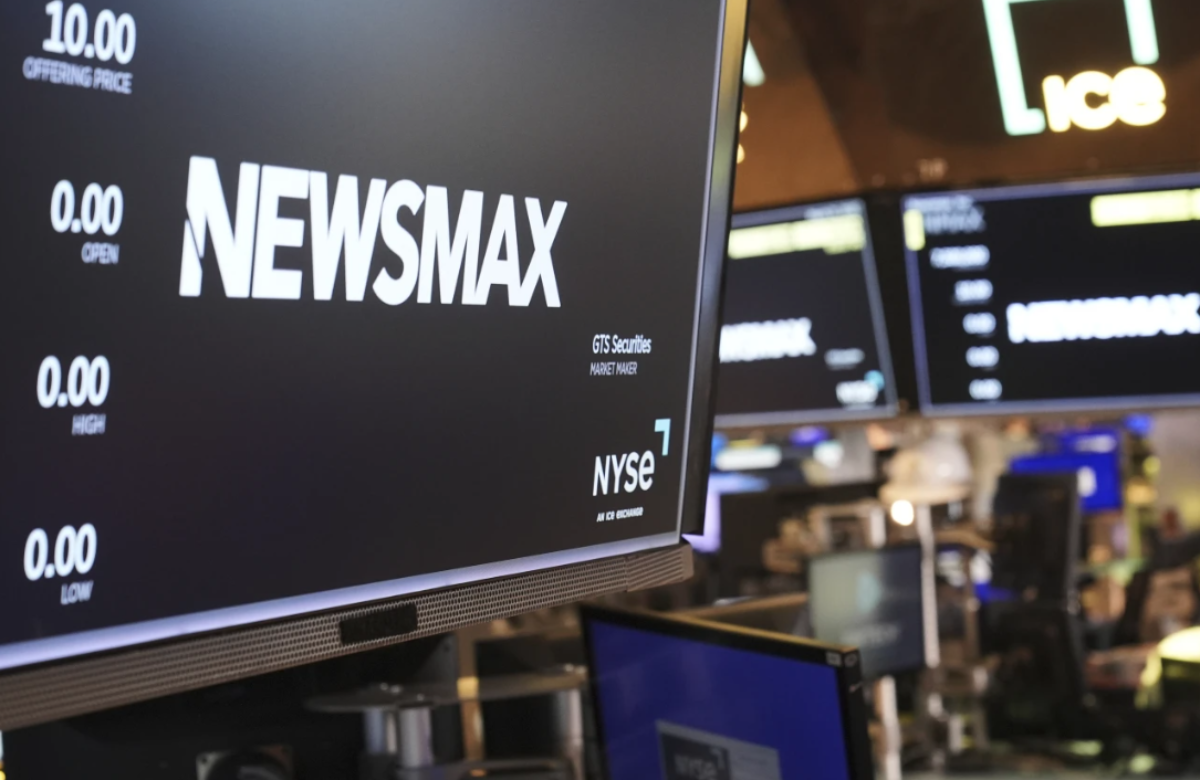The World Bank has significantly lowered its forecast for global economic growth in 2025, citing a sharp increase in trade barriers. While not naming any political figures directly, the report clearly reflects the economic consequences of aggressive trade policies, particularly those pursued by former U.S. President Donald Trump.
According to the latest Global Economic Prospects report, the U.S. economy is expected to grow by just 1.4% in 2025, a steep drop from 2.8% in 2024. This is also notably below the bank’s earlier January projection of 2.3% for the current year. The deceleration is attributed to the ongoing effects of widespread tariffs and uncertainty in trade relations.
Globally, economic growth is now projected at 2.3% in 2025, down from 2.8% in 2024. The World Bank trimmed its earlier projection by 0.4 percentage points, signaling growing concern about the international economic environment.
World Bank Chief Economist Indermit Gill emphasized in the report’s foreword that the world economy has likely missed its opportunity for a “soft landing”—a slowdown that could have controlled inflation without triggering broader economic hardship. “The world economy today is once more running into turbulence,” Gill stated. “Without a swift course correction, the harm to living standards could be deep.”
The report points to erratic and protectionist trade measures, including broad tariffs imposed by the United States, as major contributing factors to the slowdown. These policies not only raise costs domestically but also provoke retaliatory actions from global trading partners, further dampening investment and trade flows.
China, the world’s second-largest economy, is also feeling the strain. Growth is expected to decelerate from 5% in 2024 to 4.5% in 2025, and further to 4% the following year. The Chinese economy continues to struggle with U.S. trade restrictions, a collapsing real estate market, and demographic challenges such as an aging population.
In Europe, the 20 countries using the euro currency are forecast to grow just 0.7% in 2025, compared to 0.9% in 2024. The region’s exports are expected to be adversely affected by U.S. tariffs, and the unpredictability of those tariffs has discouraged corporate investment.
Despite the global slowdown, India remains a bright spot. It is projected to maintain its position as the fastest-growing major economy, though growth is expected to slow slightly to 6.3% from 6.5% last year and below the previously forecast 6.7%. In contrast, Japan is expected to see only modest growth of 0.7%, up from 0.2%, yet still below the earlier forecast of 1.2%.
The World Bank’s mission is to alleviate poverty and enhance living standards globally through grants and low-interest loans to developing countries. Its forecasts carry significant weight for policymakers, especially amid rising global economic uncertainty.
Meanwhile, the Organization for Economic Cooperation and Development (OECD) has also recently downgraded its forecasts for both the U.S. and global economies, reinforcing concerns about the trajectory of worldwide growth.
